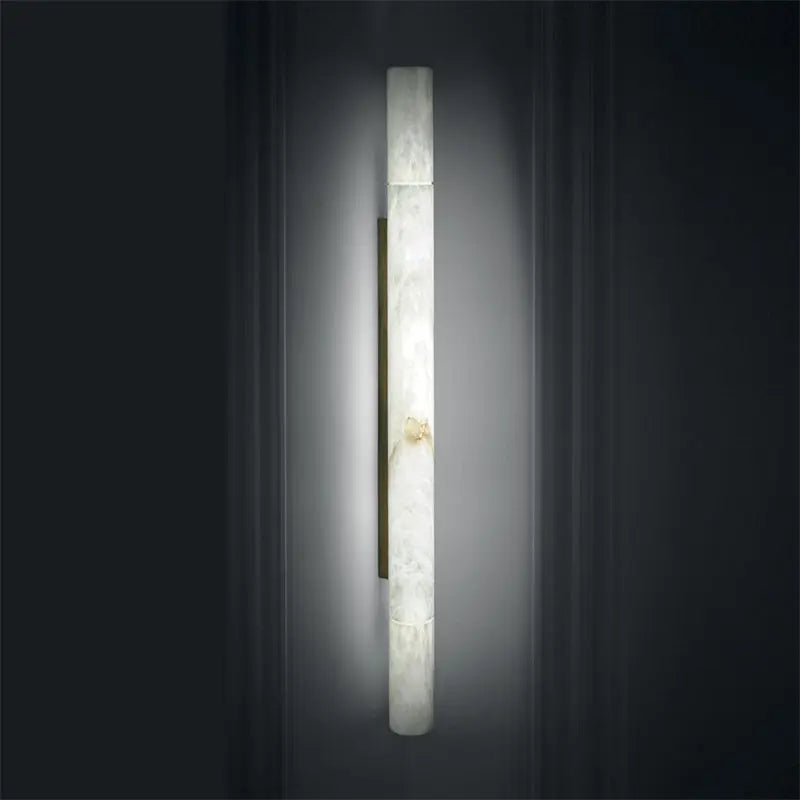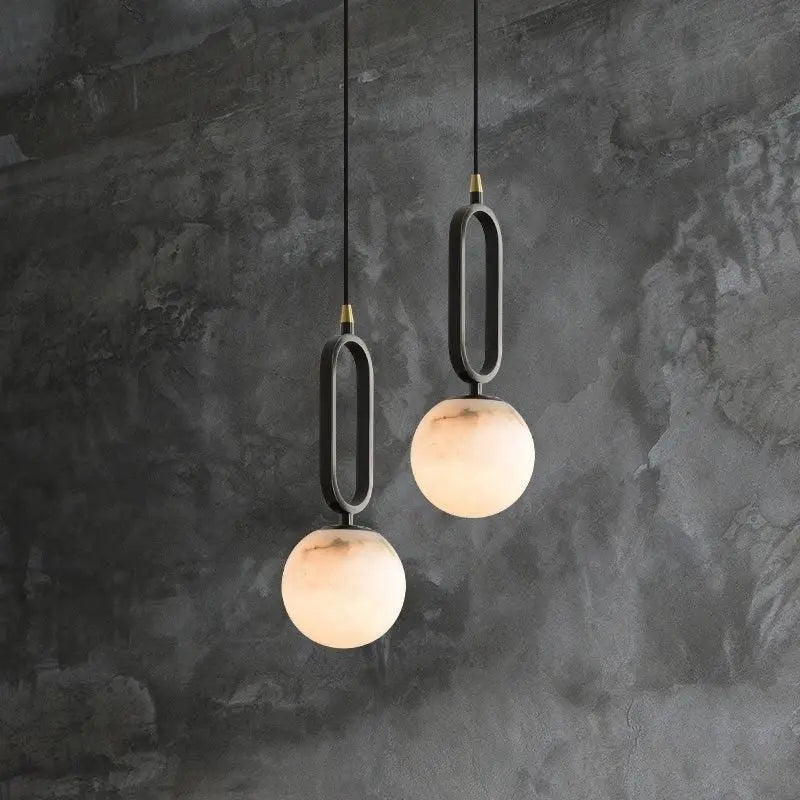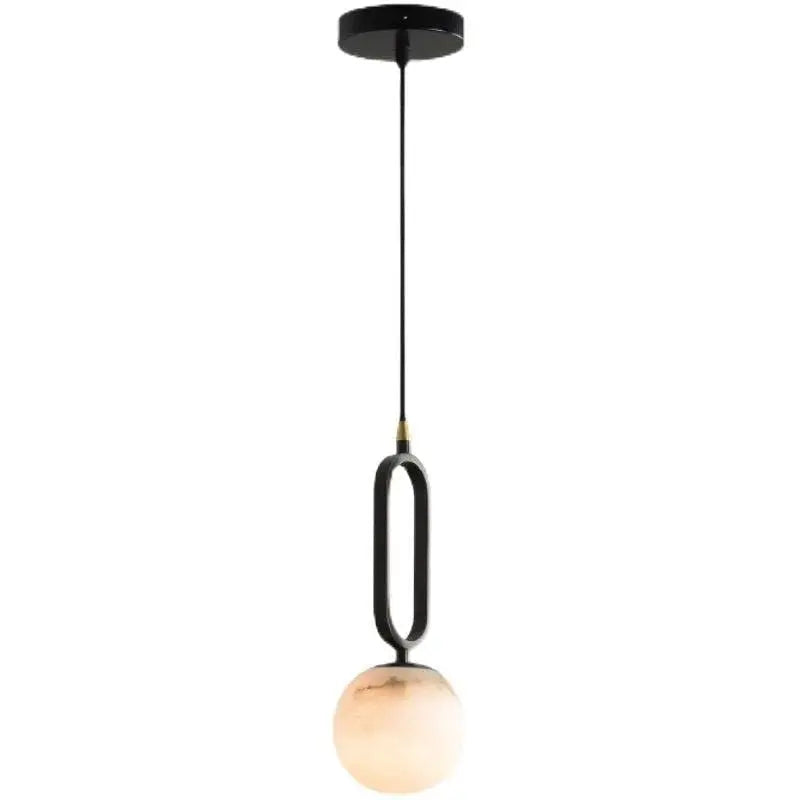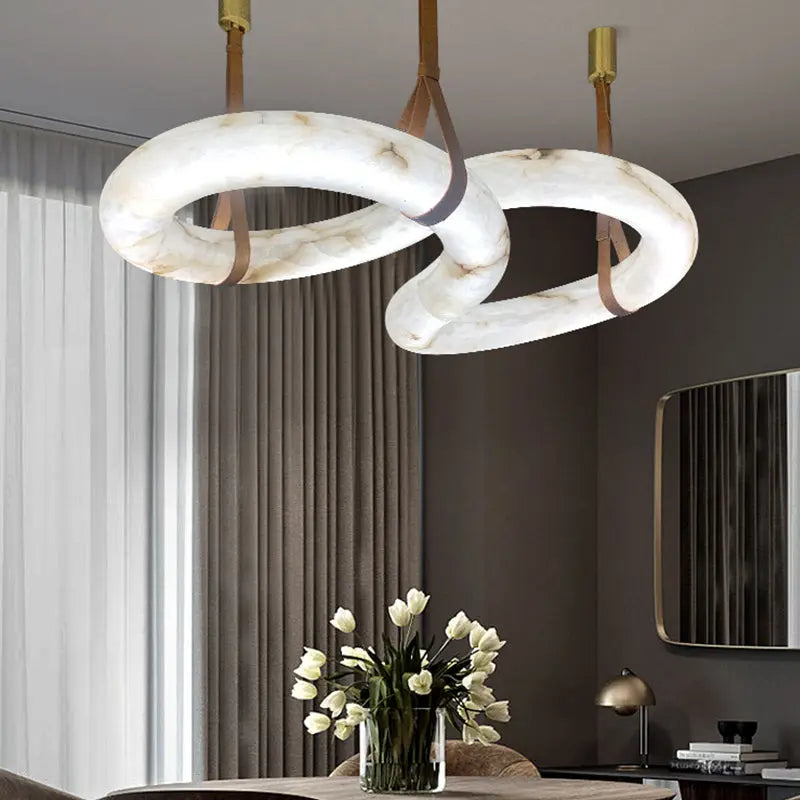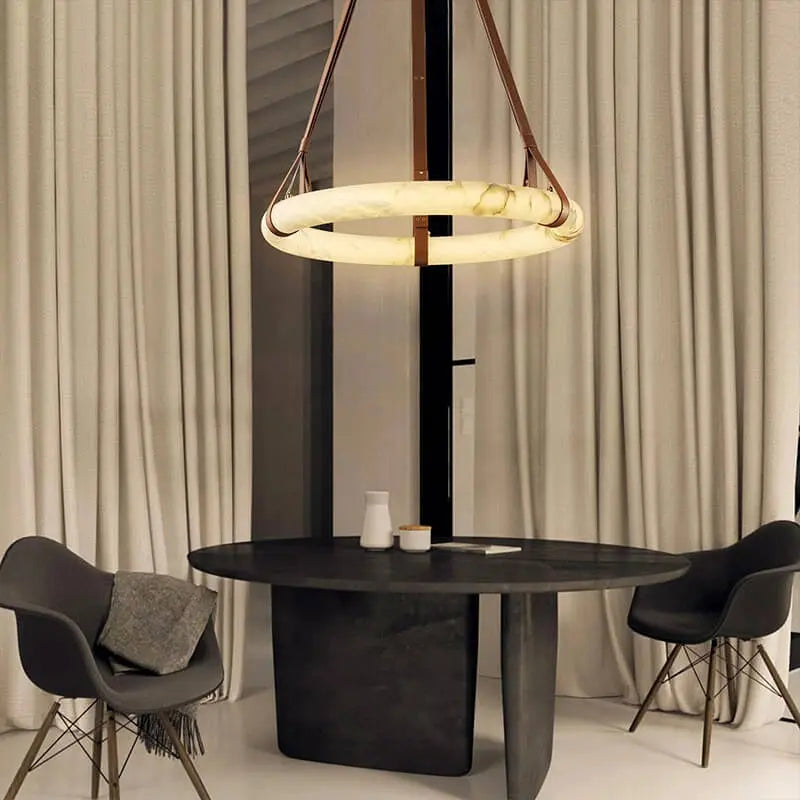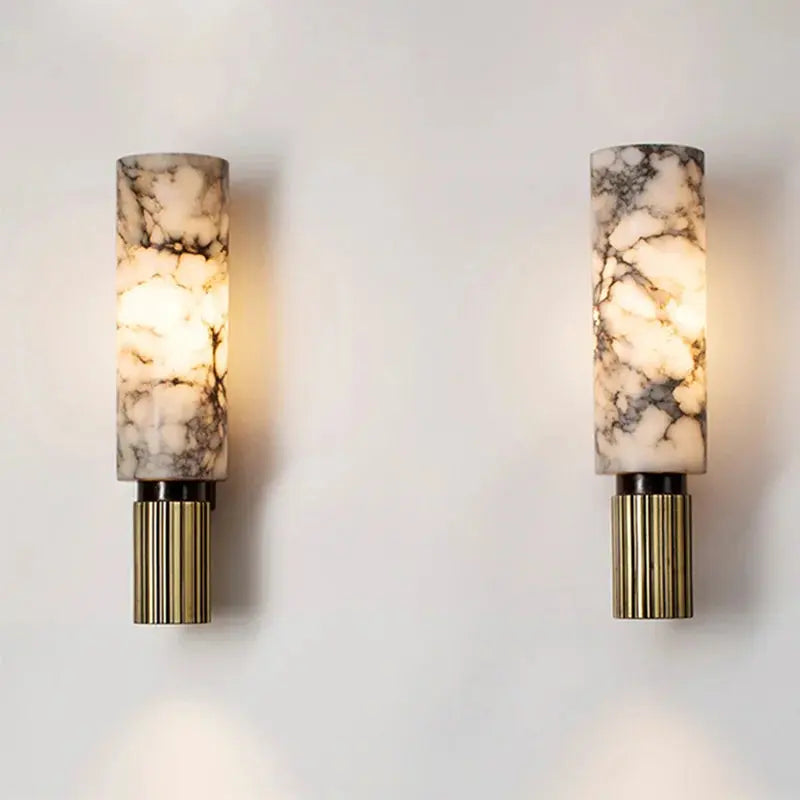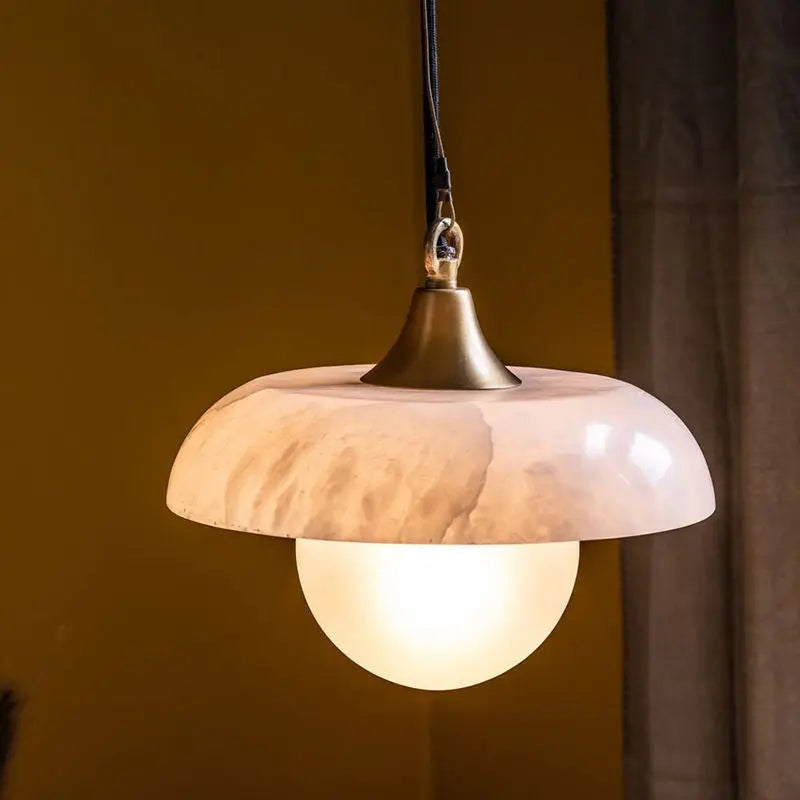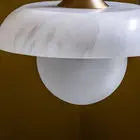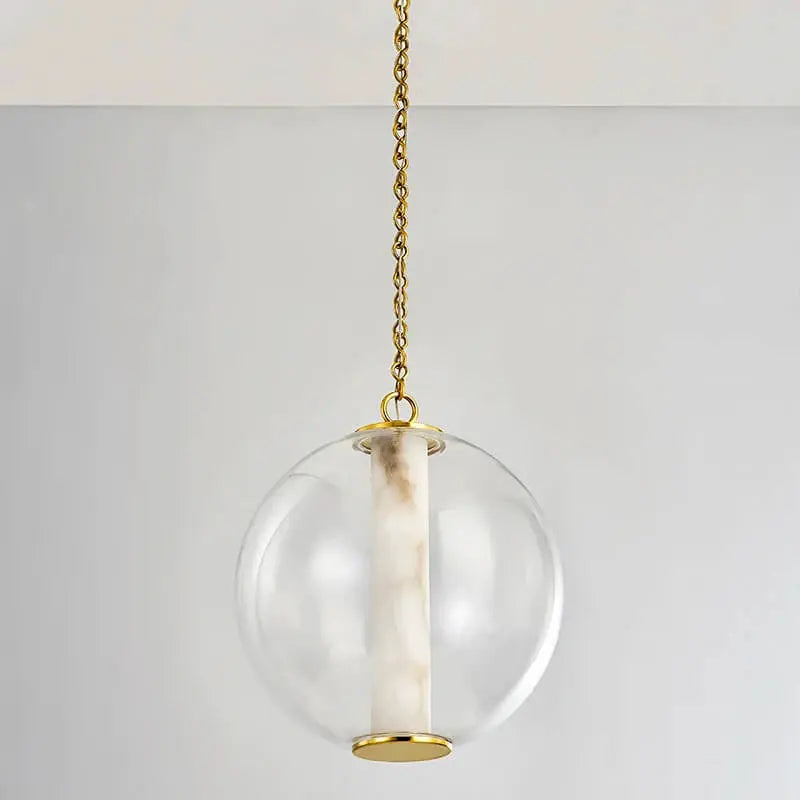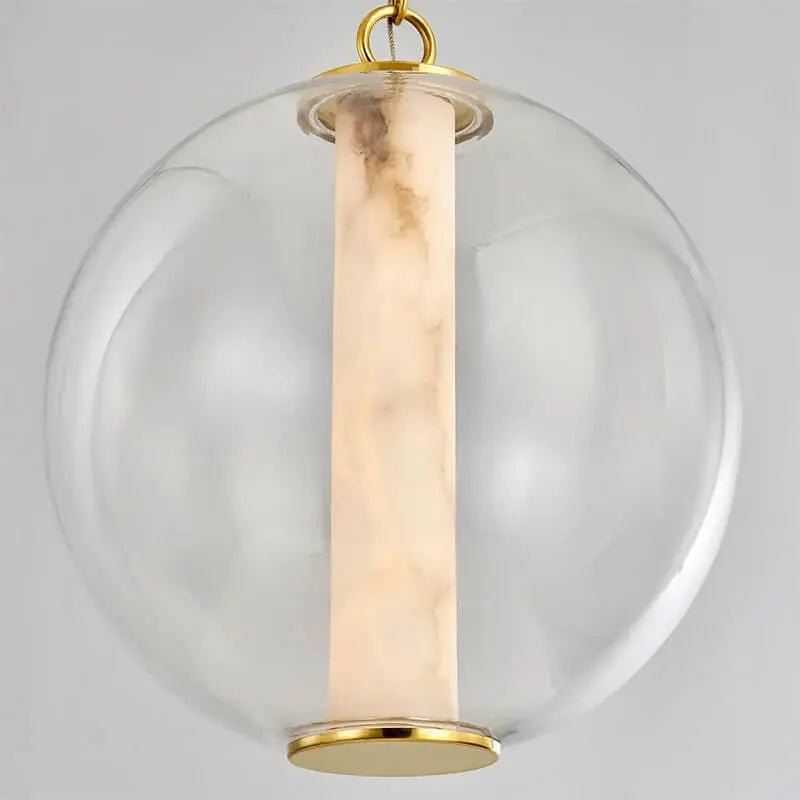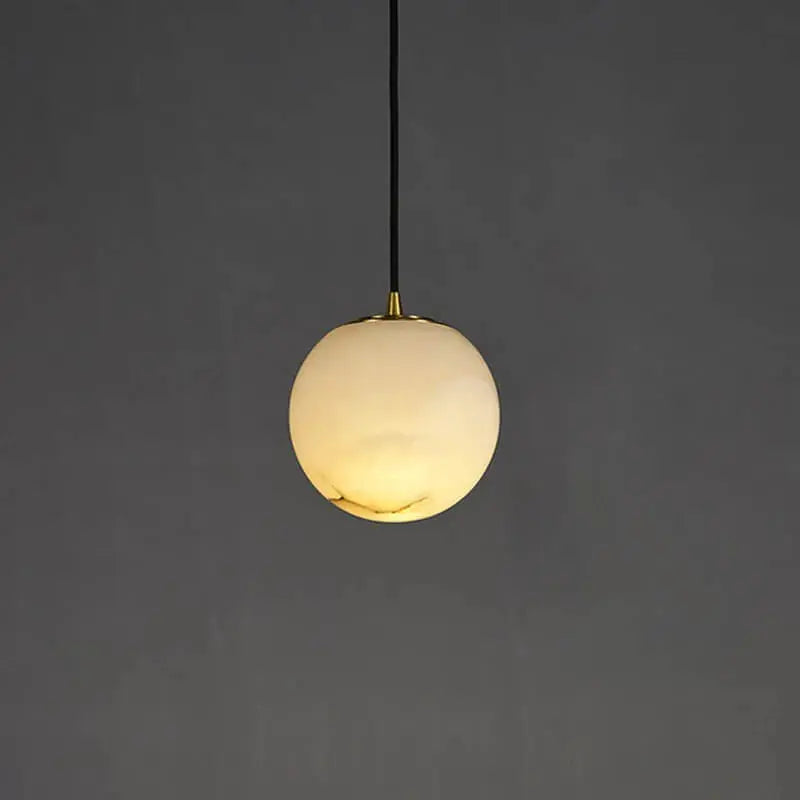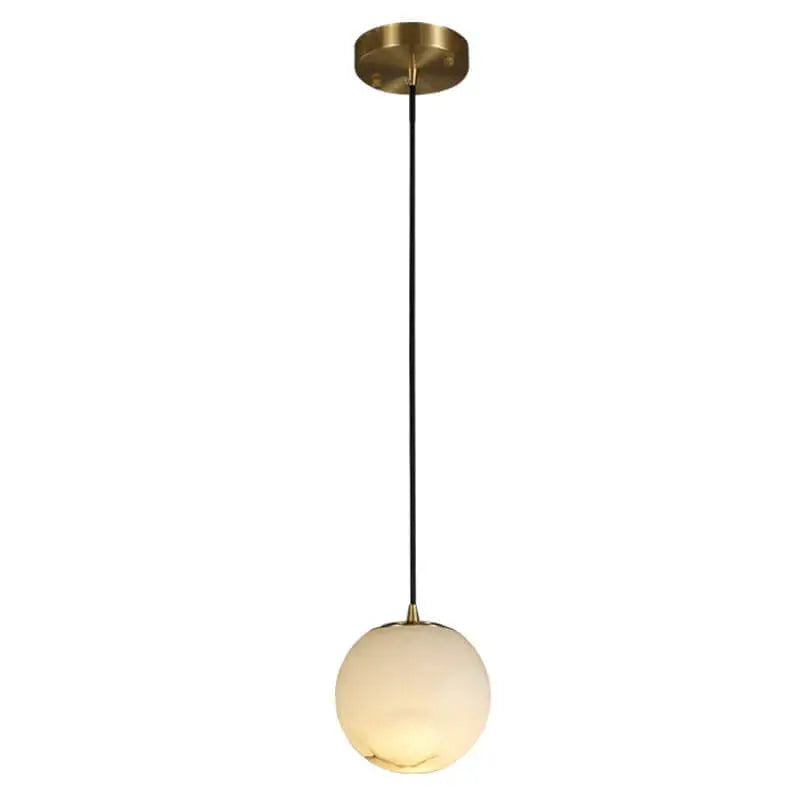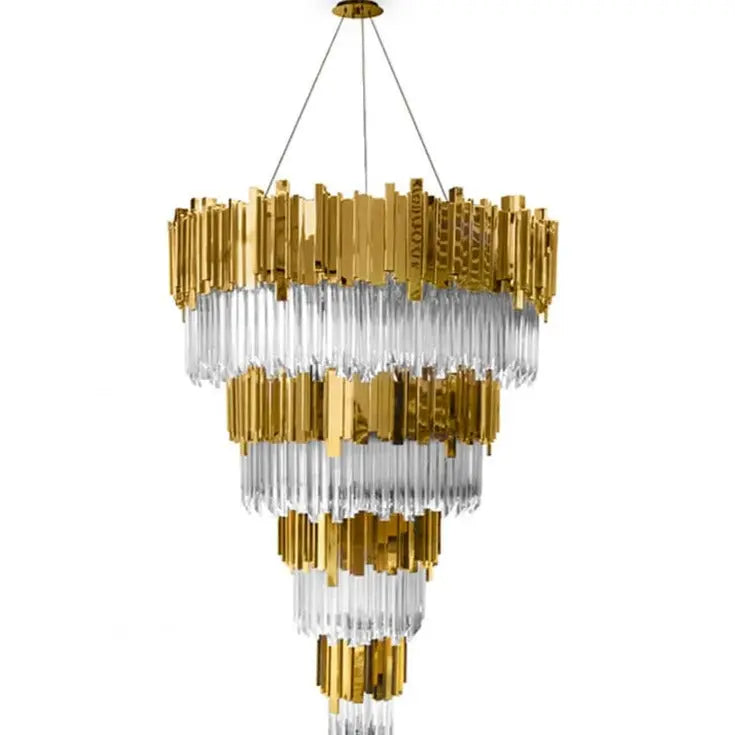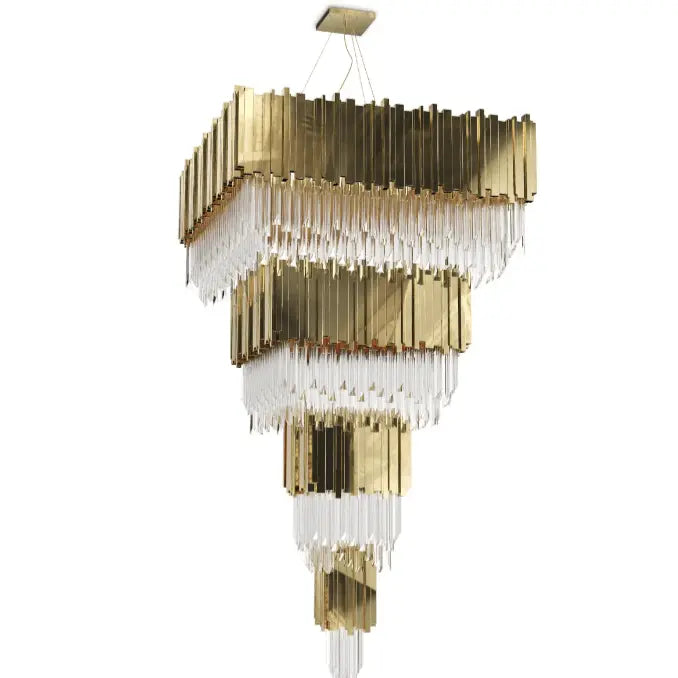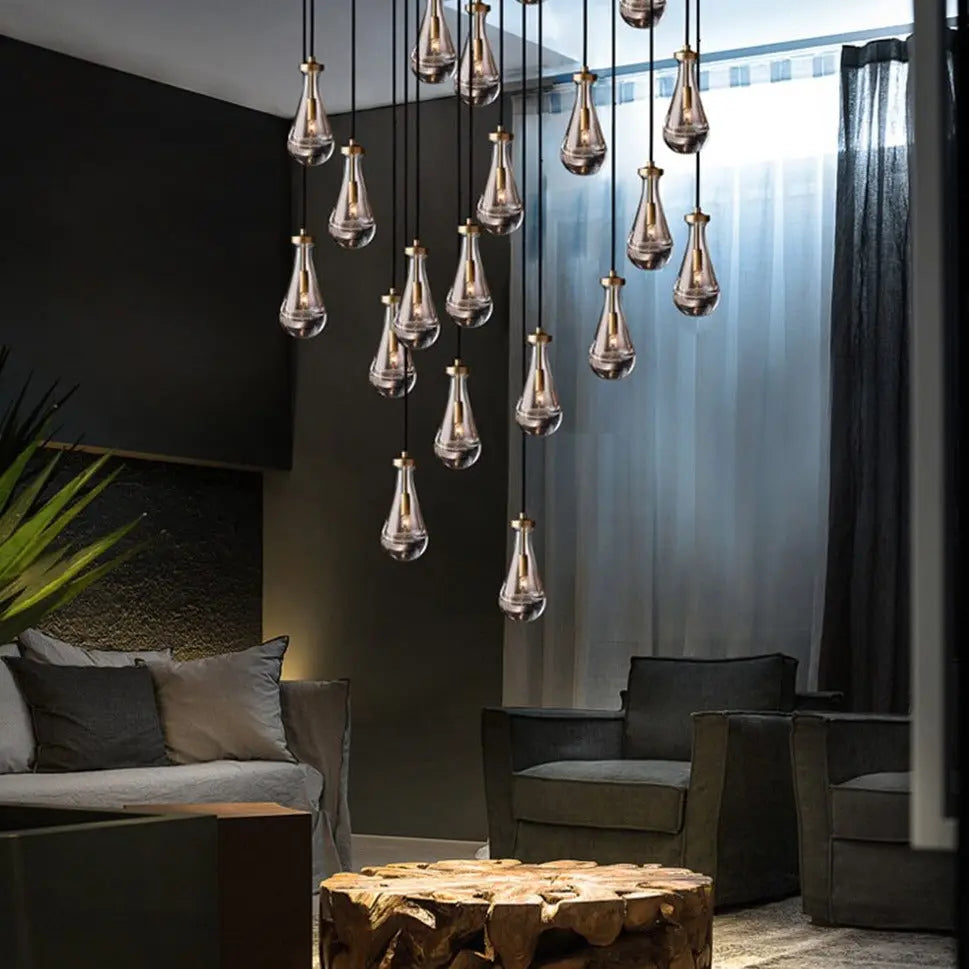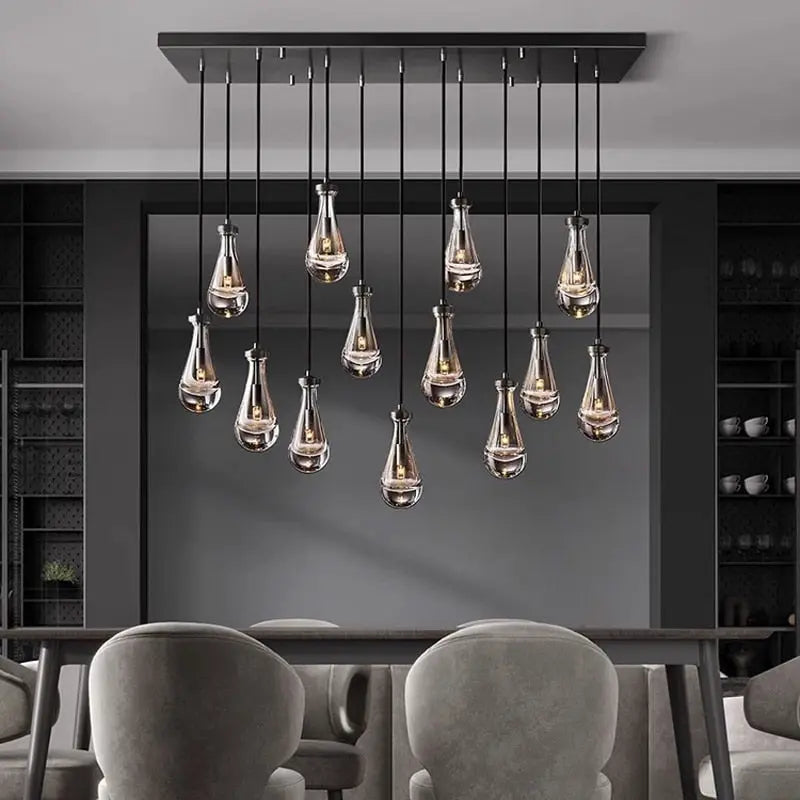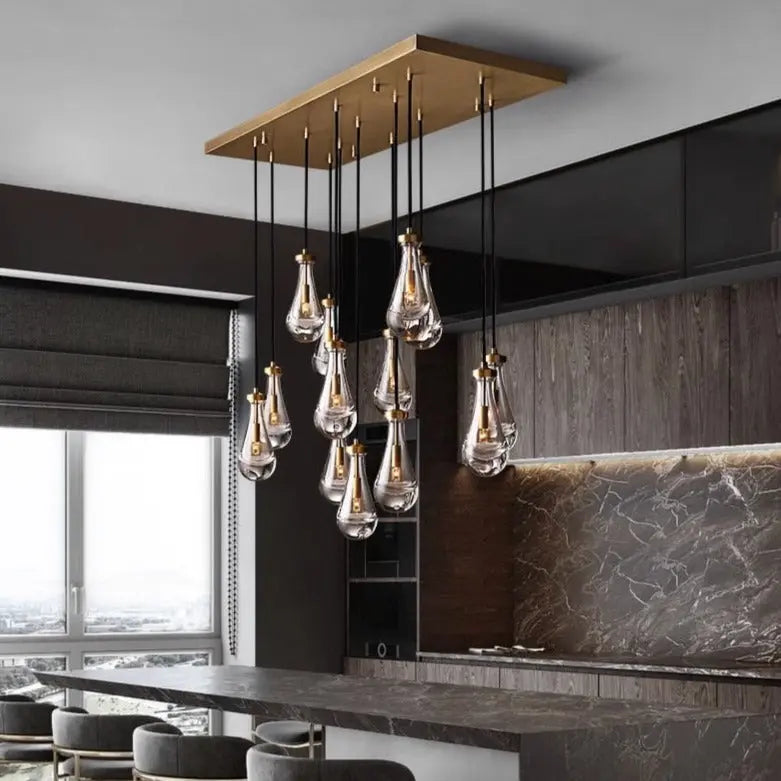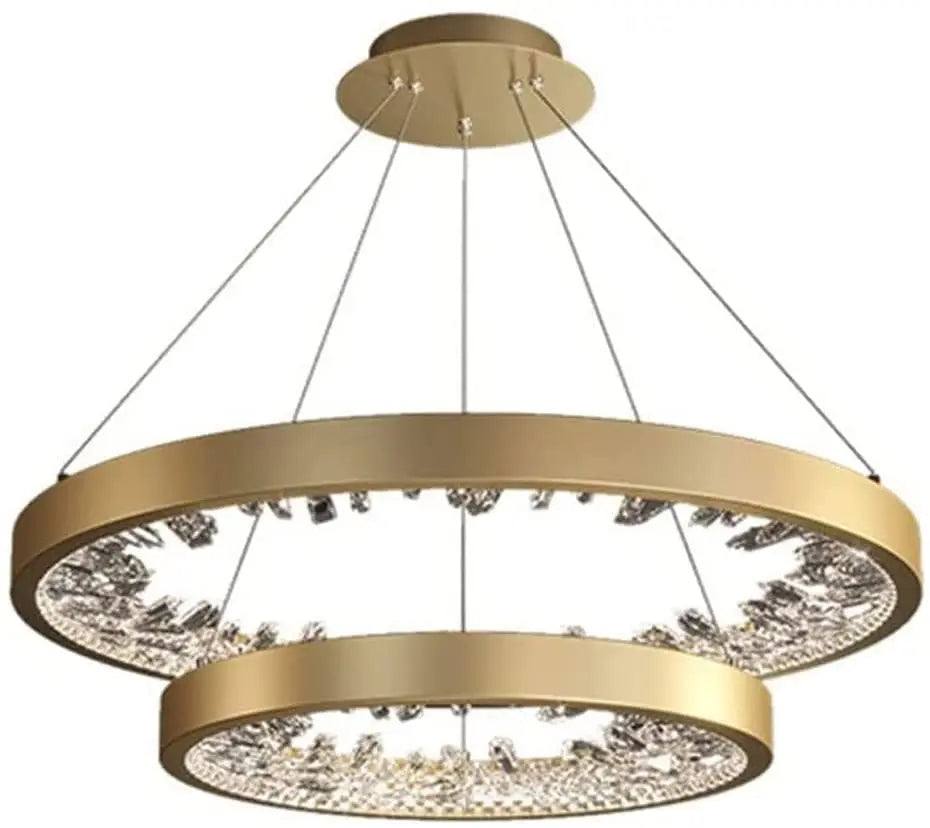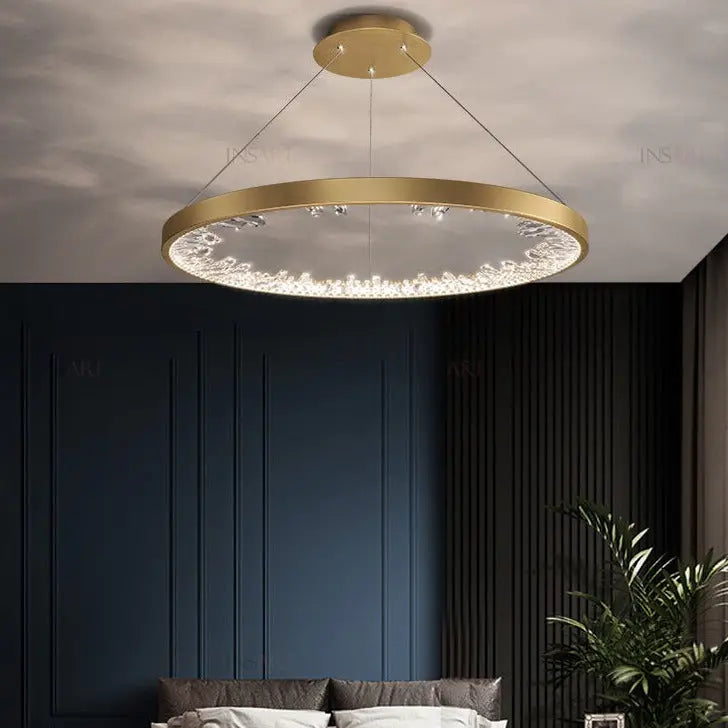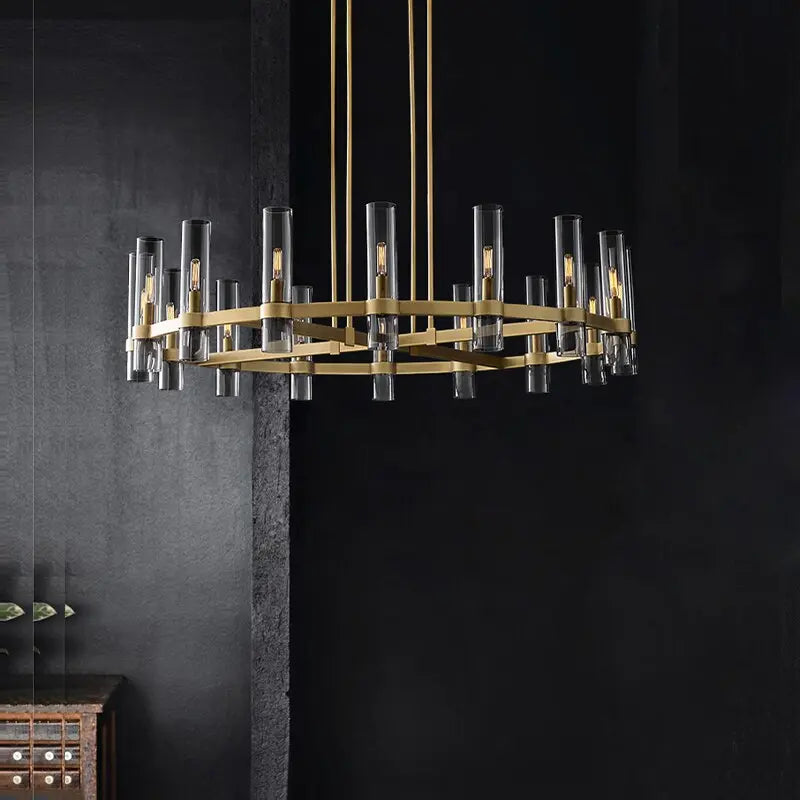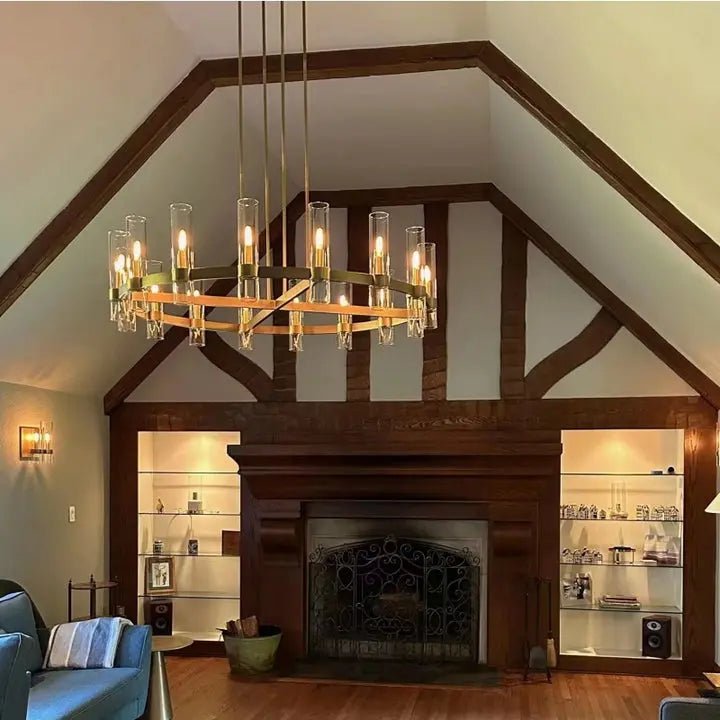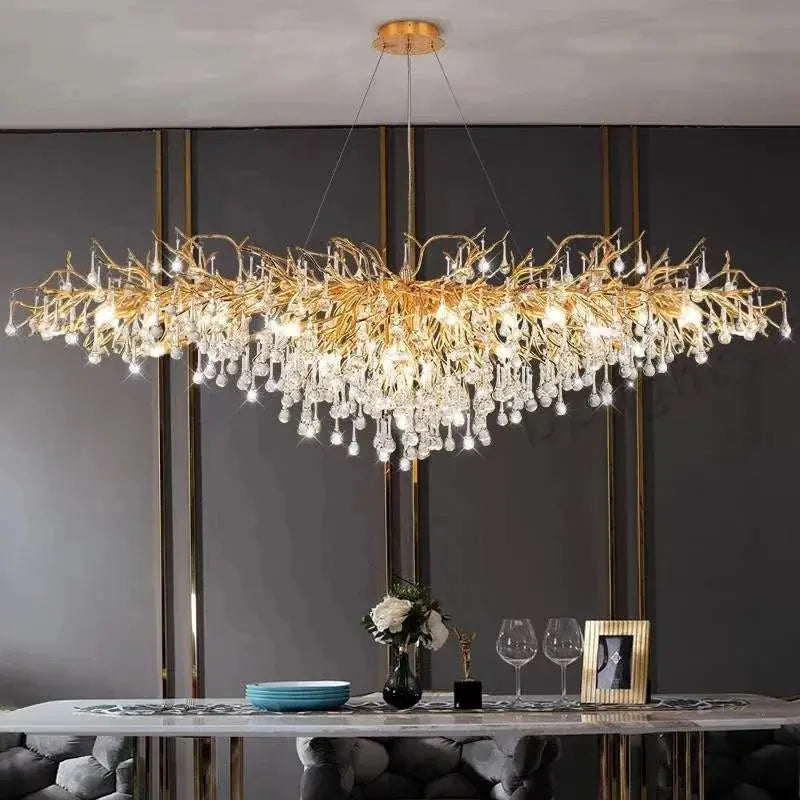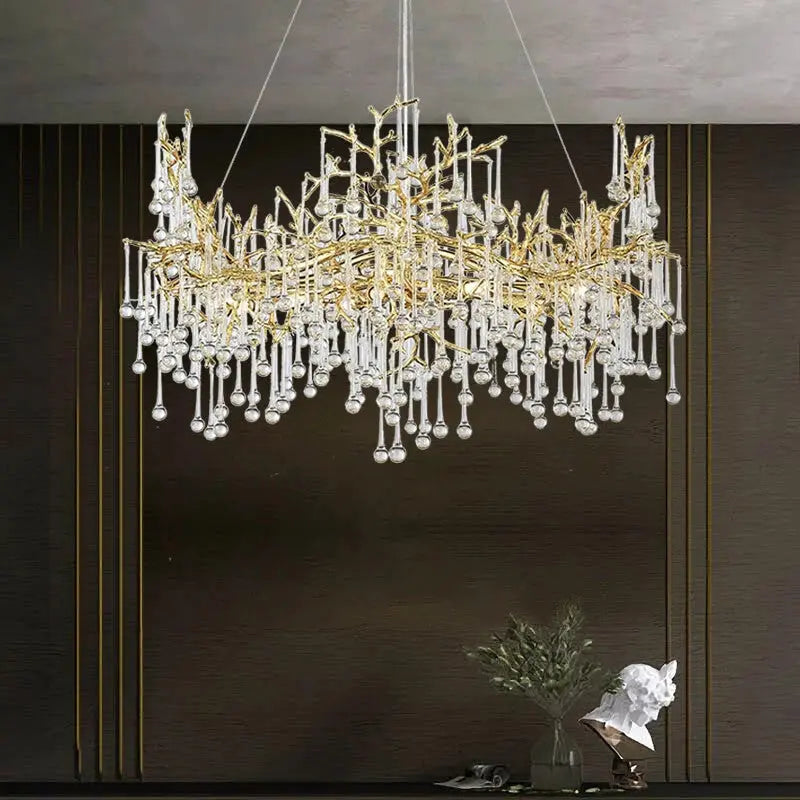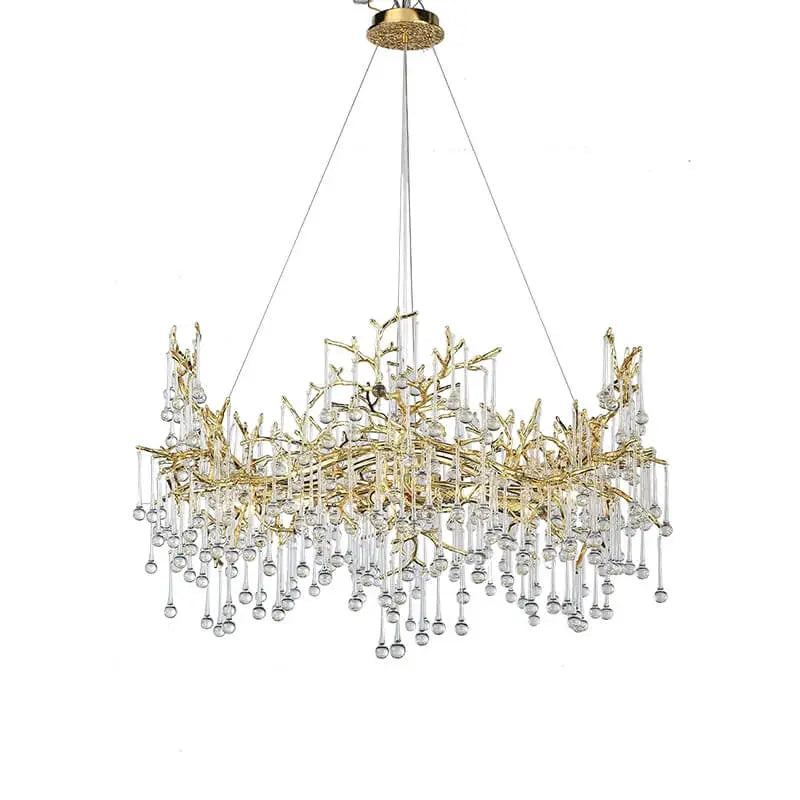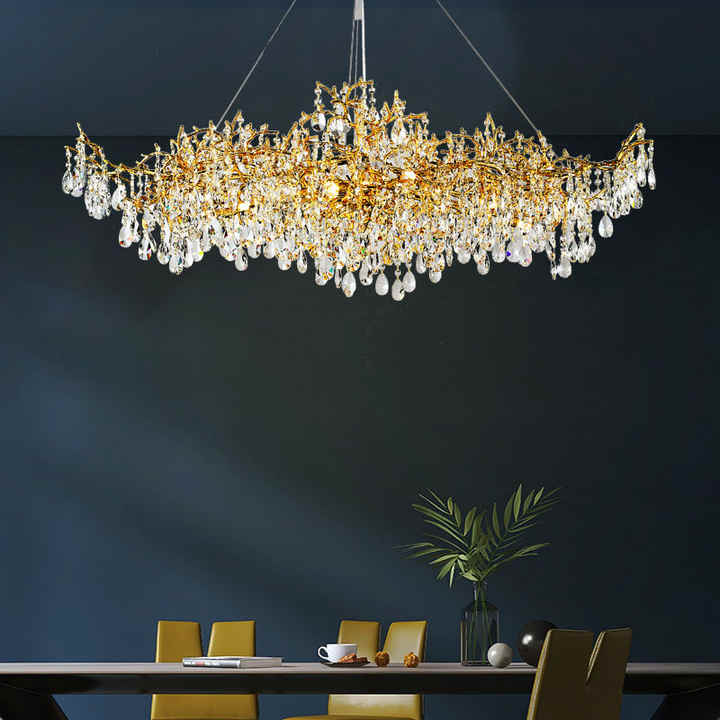When it comes to brightening up your dining area, dining room chandeliers traditional styles can really make a difference. These fixtures not only provide light but also add a touch of elegance and character to your space. Whether you’re into classic designs or something with a rustic vibe, there’s a chandelier that can fit your style. This guide will help you navigate through various styles, materials, and tips to find the perfect chandelier for your dining room.
Key Takeaways
- Select a chandelier style that complements your dining room's overall aesthetic.
- Ensure the chandelier is appropriately sized for your dining table and room dimensions.
- Consider the materials and finishes that resonate with your personal taste and decor.
- Explore lighting options, such as dimmable features, to create different moods for various occasions.
- Plan for regular maintenance and professional installation to keep your chandelier in top shape.
Choosing Dining Room Chandeliers Traditional Styles

Understanding Traditional Design Elements
When you're thinking about traditional chandeliers, it's more than just picking something that looks old. It's about understanding the core elements that make a design truly traditional. Think symmetry, balance, and classic shapes. These chandeliers often feature flowing lines and a sense of formality. It's not about being stuffy, but about creating a timeless feel. Consider the overall architecture of your dining room. Does it lean towards a particular period, like Victorian or Georgian? Matching the chandelier to that era can really tie the room together. Don't be afraid to mix and match, but make sure there's a cohesive element that connects everything.
Incorporating Vintage Touches
Adding vintage touches to your dining room chandelier can give it a unique character. You don't need to buy a completely antique fixture to achieve this. Look for chandeliers with details that evoke a sense of history, like aged finishes or reproduction vintage bulbs. Flea markets and antique stores can be great places to find unique elements to add to a newer chandelier, like crystals or decorative chains. Think about the story you want your chandelier to tell. Is it a family heirloom, or a carefully curated piece that reflects your personal style? Even small details can make a big difference. For example, consider these options:
- Using Edison-style bulbs for a warm, vintage glow.
- Adding antique-inspired shades to soften the light.
- Incorporating salvaged metal elements for a rustic touch.
Balancing Elegance and Functionality
A dining room chandelier should be both beautiful and practical. It needs to provide enough light for dining and conversation, but it also needs to create the right ambiance. Dimmers are your best friend here. They allow you to adjust the light level to suit different occasions, from a bright family dinner to a romantic evening meal. The height of the chandelier is also important. It should be low enough to provide adequate light, but high enough that it doesn't obstruct views or feel overwhelming. Consider the size of your dining table and the height of your ceiling when choosing a chandelier. A farmhouse style chandelier can add a touch of elegance to your dining space.
A well-chosen chandelier can be the focal point of your dining room, but it shouldn't be the only source of light. Layering light with sconces or lamps can add depth and interest to the room, creating a more inviting and functional space.
Materials That Define Traditional Chandeliers

The Beauty of Crystal
Crystal chandeliers are like the jewelry of a dining room. They catch the light and throw it around the room in a dazzling display. I remember my grandma's old crystal chandelier; it wasn't just a light, it was a conversation starter. The quality of the crystal really makes a difference. You can tell a cheap one from a mile away. Look for full-lead crystal for the best sparkle. It's an investment, but it's one that will last for years.
- Consider the cut of the crystal. Intricate cuts will refract more light.
- Think about the size and weight. A larger chandelier needs stronger support.
- Don't forget about cleaning! Crystal needs regular dusting to keep its shine.
Wrought Iron for Rustic Charm
Wrought iron chandeliers bring a totally different vibe. They're sturdy, a bit rough around the edges, and full of character. They remind me of old castles and cozy taverns. A rustic iron chandelier can really ground a space, especially if your dining room is a bit too formal. The weight of the iron gives it a sense of permanence. I've seen some amazing ones that combine iron with wood or even rope for a more relaxed look.
- Check the finish. A dark, matte finish is classic.
- Look for interesting details like twisted iron or cage-like designs.
- Make sure the iron is properly sealed to prevent rust.
I think a wrought iron chandelier is more than just a light fixture; it's a piece of art. It adds a touch of history and craftsmanship to your dining room.
Wood Accents for Warmth
Wood accents can soften the look of a traditional chandelier. They bring a natural element into the room, making it feel warmer and more inviting. I've seen some beautiful chandeliers that combine wood with metal or crystal. The wood can be used in the arms of the chandelier, or even as a decorative element around the base. A farmhouse wood chandelier is a great way to add a touch of rustic charm to your dining space. It blends seamlessly with various decor styles, adding warmth and character.
- Consider the type of wood. Different woods have different colors and grains.
- Think about the finish. A natural finish will show off the wood's beauty.
- Make sure the wood is properly sealed to protect it from moisture.
Sizing Your Traditional Chandelier
Determining the Right Dimensions
Okay, so you're thinking about getting a chandelier. Awesome! But before you click "buy," let's talk size. You don't want something that overwhelms the room or looks like a tiny afterthought. The key is proportion. A good starting point? Measure the length and width of your dining room in feet. Add those two numbers together. That sum, in inches, is a solid estimate for the ideal diameter of your chandelier. So, if your dining room is 12 feet by 15 feet, you're looking at a chandelier that's roughly 27 inches in diameter. This helps ensure it feels balanced in the space.
Height Considerations for Ceilings
Ceiling height matters, big time. For standard 8-foot ceilings, you'll want the bottom of your chandelier to hang about 30-34 inches above the dining table. This gives enough light and prevents anyone from bumping their head. Got higher ceilings? Add about 3 inches to that hanging height for every extra foot of ceiling height. So, if you have a 10-foot ceiling, aim for around 36-40 inches above the table. This keeps the chandelier height proportional and prevents it from feeling too low.
Proportions Relative to Dining Tables
Think of your dining table and chandelier as a team. They need to complement each other. A general rule of thumb is that the chandelier should be about one-half to two-thirds the width of your dining table. This ensures it provides adequate lighting without overpowering the table. Here's a quick guide:
- Small table (48 inches wide): Chandelier should be 24-32 inches wide.
- Medium table (60 inches wide): Chandelier should be 30-40 inches wide.
- Large table (72 inches wide): Chandelier should be 36-48 inches wide.
Also, consider the shape of your table. A round table might look best with a round chandelier, while a rectangular table can handle a more elongated fixture. Don't be afraid to play around with shapes to see what looks best in your space.
Getting the size right is more than just aesthetics; it's about creating a comfortable and inviting dining experience. A well-sized chandelier enhances the room's ambiance and makes every meal feel a little more special.
Placement Tips for Maximum Impact
Centering Above the Dining Table
Okay, so you've got this gorgeous traditional chandelier. Now what? First things first: center it! Seriously, it sounds simple, but getting it right makes a huge difference. The chandelier should hang directly above the center of your dining table. If it's off-center, it'll throw off the whole room's vibe. Measure twice, hang once, as they say. Think about the shape of your table too. A round table? Center of the circle. A rectangular table? Center of the rectangle. You get the idea.
Creating Visual Balance
Visual balance is key. You don't want your chandelier to look too small or too big for the space. It should complement the room, not overwhelm it. Consider the size of your dining room and the height of your ceilings. A massive chandelier in a tiny room? Not a good look. A tiny chandelier in a huge room? Also not ideal. Think about the other furniture in the room too. Is it heavy and dark? Maybe a lighter, more delicate chandelier would balance things out. Is the room bright and airy? A bolder chandelier could add some drama. It's all about finding that sweet spot.
Adjusting Height for Optimal Lighting
Height matters! You want your chandelier to provide light without blinding your guests. A good rule of thumb is to hang the bottom of the chandelier about 30-36 inches above the dining table if you have an 8-foot ceiling. If your ceilings are higher, you'll want to raise it a bit. For every additional foot of ceiling height, add about 3 inches. So, if you have a 9-foot ceiling, hang the chandelier about 33-39 inches above the table. Also, think about the style of the chandelier. A taller chandelier might need to be hung a bit higher. You want to make sure people can see each other across the table without the chandelier getting in the way. Getting the optimal lighting is important.
Getting the height right can be tricky, but it's worth the effort. A well-placed chandelier can transform your dining room from drab to fab. Don't be afraid to experiment a little to find what works best for your space.
Enhancing Ambiance with Lighting Features
Dimmable Options for Versatility
Having a dimmable chandelier is a game-changer. Seriously, it lets you control the mood in your dining room with just a flick of a switch. Think about it: bright light for family dinners, soft light for romantic evenings. It's all about flexibility. You can find chandeliers with built-in dimmers, or just get a dimmer switch installed. Either way, it's worth it.
Choosing the Right Bulbs
Bulbs matter more than you think. The type of bulb affects the color and intensity of the light, which in turn affects the whole vibe of the room. For a warm, inviting feel, go for soft white or warm LED bulbs. If you want something brighter and more energizing, try cool white bulbs. And don't forget about the shape of the bulb! Candelabra bulbs look great in traditional chandeliers. Also, consider energy-efficient options to save money.
Layering Light for Depth
Don't rely solely on your chandelier. Layering light is key to creating a well-lit and inviting space. Think about adding wall sconces, table lamps, or even recessed lighting to complement your chandelier. This not only adds depth but also ensures that every corner of the room is well-lit. It's like creating a symphony of light, where each element plays its part in creating the perfect ambiance.
A well-lit dining room isn't just about seeing your food. It's about creating an atmosphere. Layering your lights thoughtfully makes your dining room ready to impress, whether it's a casual family meal or a formal get-together.
Styling Your Dining Room Around Chandeliers
Complementing Existing Decor
Think of your traditional chandelier as a key piece that should work with what you already have, not against it. It's about finding harmony. If your dining room leans towards a more formal, traditional style, then a crystal chandelier with ornate details will likely fit right in. But if you're aiming for something a bit more relaxed, maybe a chandelier with wrought iron accents would be a better choice. The goal is to create a cohesive look where everything feels intentional and balanced.
Color Schemes and Textures
Color and texture play a big role in how your chandelier integrates into the room. Consider the existing color palette. Does your dining room have warm, earthy tones, or is it more cool and neutral? A chandelier with brass or bronze finishes can complement warmer colors, while silver or crystal chandeliers can enhance cooler tones. Also, think about the textures in the room. If you have a lot of smooth surfaces, like a glass table or lacquered cabinets, a chandelier with some texture, like wood or wrought iron, can add visual interest.
Creating a Cohesive Look
To really tie everything together, consider these points:
- Mirror the shapes: If your dining table is round, look for a chandelier with circular elements. If it's rectangular, a more linear chandelier might be a better fit.
- Repeat materials: If you have wood accents in your dining room furniture, consider a chandelier with some wood detailing to create a sense of continuity.
- Balance the scale: Make sure the chandelier isn't too big or too small for the space. A too-small chandelier will look insignificant, while a too-large one will overwhelm the room. It's all about proportion.
A well-chosen chandelier can be the focal point of your dining room, but it shouldn't compete with the other elements in the space. It should enhance the overall aesthetic and create a welcoming and inviting atmosphere.
Maintenance Tips for Traditional Chandeliers
Regular Cleaning Techniques
Keeping your traditional chandelier looking its best doesn't have to be a huge chore. A little regular maintenance goes a long way. Dusting is your best friend. Use a soft cloth or a feather duster to gently remove dust at least once a month. This prevents buildup that can dull the chandelier's sparkle. For crystal chandeliers, consider using a specialized crystal cleaner for extra shine. You can also explore dining room ceiling lights for more lighting options.
- Always turn off the power before cleaning.
- Use a stable ladder and have someone spot you.
- Avoid harsh chemicals that can damage the finish.
Regular cleaning not only keeps your chandelier looking beautiful but also helps prolong its lifespan. Dust and grime can corrode the finish over time, so staying on top of cleaning is a worthwhile investment.
Checking Electrical Components
Don't forget about the electrical side of things! Periodically check the wiring and sockets for any signs of wear or damage. Make sure all the bulbs are working and replace any that have burned out. Flickering bulbs can indicate a loose connection or a bigger problem, so address them promptly. Also, tighten any loose screws or fixtures to prevent accidents. If you're not comfortable working with electricity, it's always best to call a qualified electrician. Consider the benefits of LED chandeliers for energy efficiency.
Ensuring Safe Installation
Safe installation is key, whether you're putting up a new chandelier or just doing maintenance. Make sure the chandelier is properly supported and that the wiring is correct. If you're not experienced with electrical work, hire a professional to handle the installation. It's worth the investment to ensure your safety and the longevity of your chandelier. Here's a quick checklist:
- Turn off the power at the circuit breaker before starting any work.
- Use appropriate mounting hardware for the weight of the chandelier.
- Double-check all wiring connections.
If you're unsure about any aspect of the installation or maintenance process, don't hesitate to reach out to a professional. Keeping your chandelier safe and secure is just as important as keeping it beautiful. You can also find modern chandeliers that fit your style.
Final Thoughts on Dining Room Chandeliers
So, there you have it! Choosing the right chandelier for your dining room can really change the whole vibe of the space. Whether you lean towards something traditional, modern, or rustic, there's a perfect fit out there for you. Just remember to think about the size, style, and how it matches your decor. A good chandelier not only lights up your meals but also adds a touch of personality to your home. So go ahead, find that statement piece that speaks to you, and enjoy those family dinners under a beautiful glow!
Frequently Asked Questions
What should I consider when choosing a chandelier for my dining room?
Think about the size of your dining room, the height of your ceiling, and the style you want. Make sure the chandelier fits well with your table and decor.
How high should I hang my chandelier above the dining table?
A good rule is to hang it about 30 inches above the table. This height allows for good lighting without blocking views.
What materials are best for traditional chandeliers?
Common materials include crystal for elegance, wrought iron for a rustic look, and wood for warmth. Choose one that matches your dining room style.
How can I enhance the lighting in my dining room with a chandelier?
Consider using dimmable bulbs so you can adjust the brightness. This lets you create different moods for various occasions.
How do I keep my chandelier clean and well-maintained?
Regularly dust it with a soft cloth and check the bulbs and wiring to ensure everything is working safely.
Can I mix different styles of chandeliers in my home?
Yes! You can mix styles, but make sure they complement each other to create a cohesive look throughout your home.


